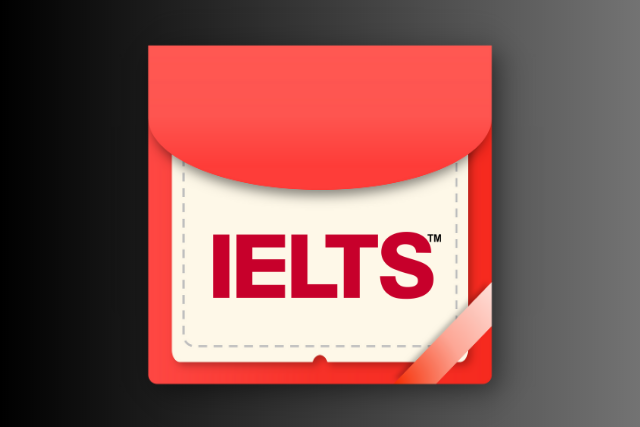-
hello@abroadcube.com
Mail us
-
Call For Help:
98779 83783
-
Whatsapp Us
70090 34921

The IELTS syllabus is divided into four modules: reading, speaking, listening, and writing. Every module has a different concept. Here is a brief overview of all the modules:
The reading module is divided into three passages with 40 questions. The passages cover a variety of topics taken from Books, Journals, Magazines, and Newspapers. You can expect question types such as Multiple Choice, Matching headings & features, etc. These passages test students' ability to read and understand the written material. Band scores are marked out 9 and depend on the number of correct answers.
The listening module is divided into four sections A, B, C & D. Each section has 10 questions. The candidate has to listen to a conversation and answer all the questions. Band scores for listening are calculated out of 9 and depend on how many answers are correct
The writing module covers two sections, Task-1 and Task-2.
Band scores in writing depend on four main features: Coherence & Cohesion, Vocabulary, Grammatical use, and accuracy.
The speaking module includes a direct face-to-face interview. This module is divided into three sections: an introduction, a short speech, and a discussion based on the speech. Speaking band scores are calculated out of 9 and depend on four main features, namely Fluency Coherence, Lexical Resource, Pronunciation, Grammatical use, and accuracy.
The difficulty level depends on the type of IELTS you choose, Academic or General. Academic IELTS is harder than General IELTS.

The Coupon Code will be shared with you over Whatsapp for Self-Booking. Discounted Payment on IELTS Website.
